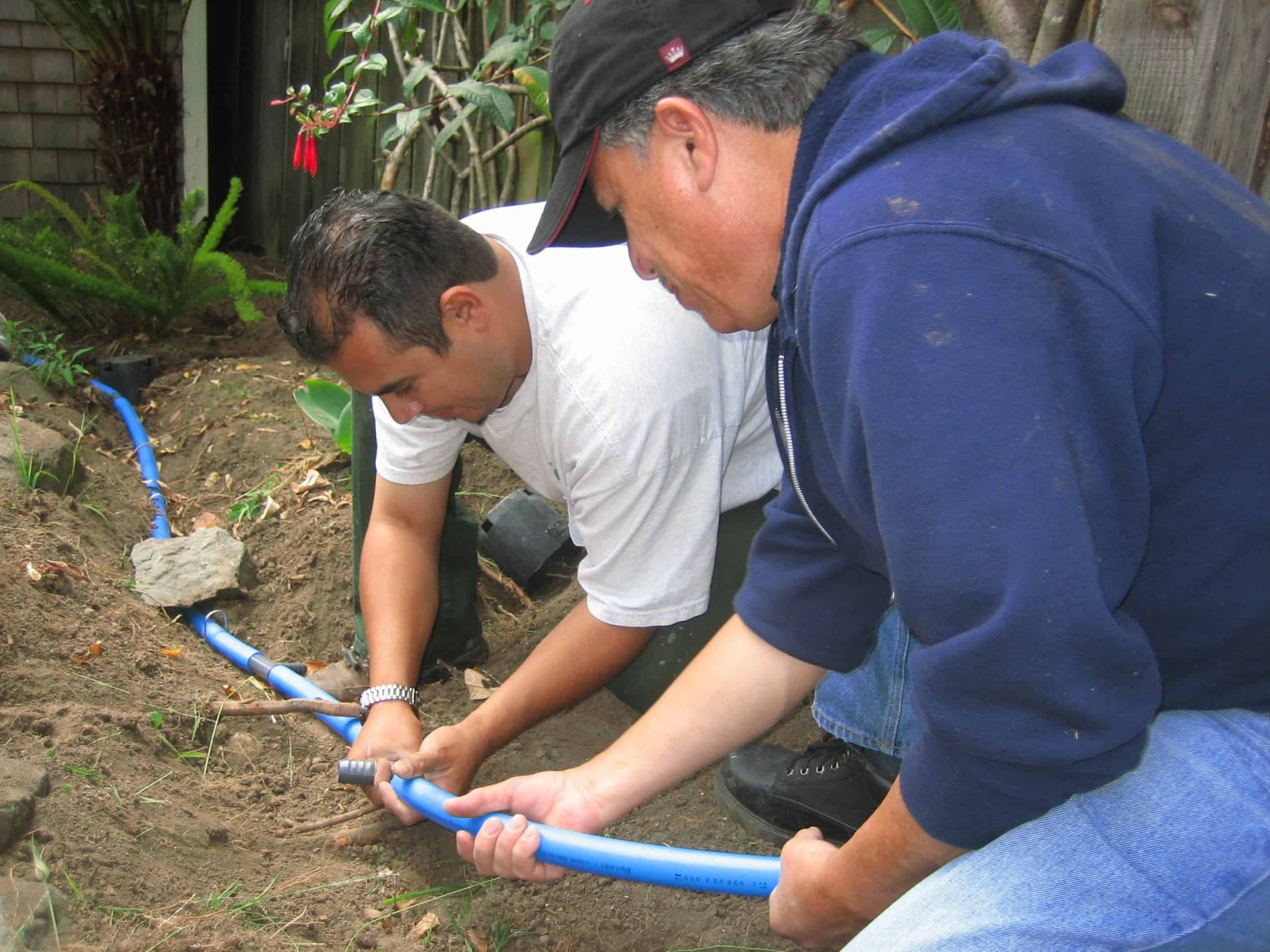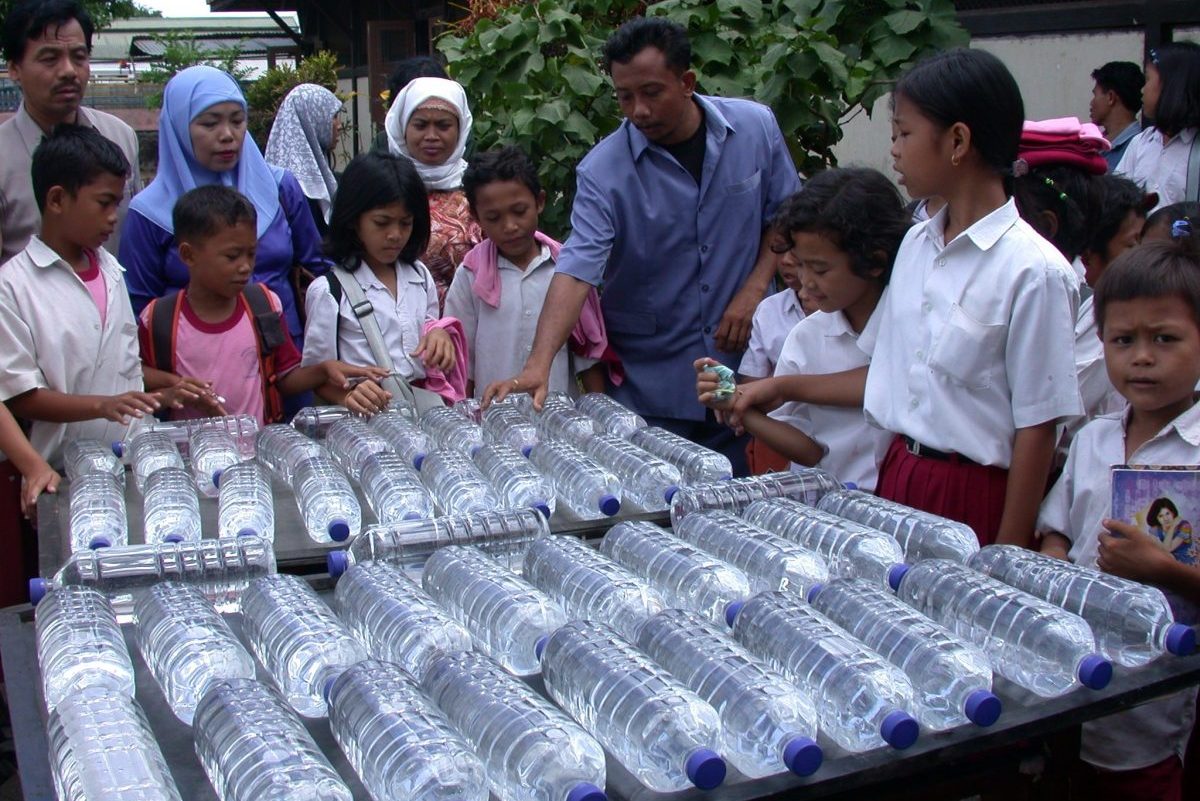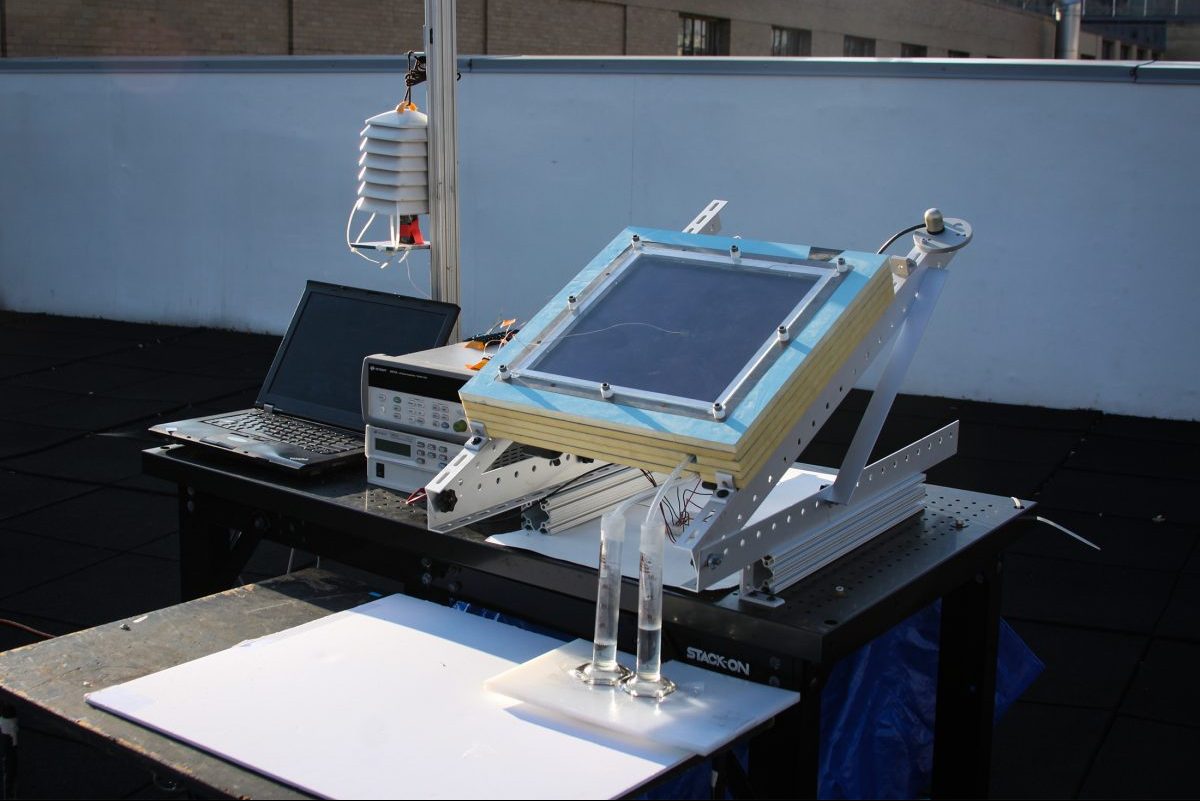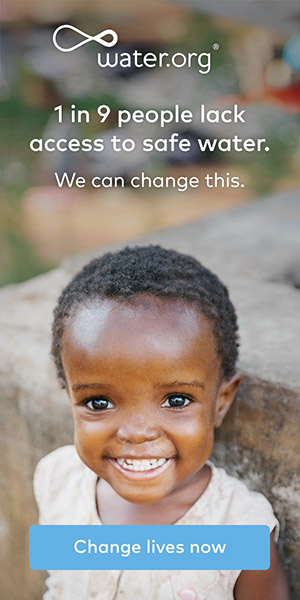
Innovative Ways to Provide Water for Developing Countries
In spite of UNESCO’s prediction that there would be a worldwide water catastrophe by 2020, water shortage is now a reality in impoverished countries. These nations may learn about water management and conservation and by using rainwater collection. Water that is not drinkable is collected, diverted, and stored for future use.
To prevent cholera epidemics caused by dangerous flood floods, rainwater collection in Cameroon is essential. In order to collect rainwater, you need to follow a four-step process, which may be active or passive. Activated harvesting meets the needs of humans and animals, as well as irrigation.
In the real world, passive strategies are more closely linked with gardening and landscaping. They are as follows:
Using Grey Water for Reuse
There is a problem with safe drinking water. There is a shortage of water for bathing and sanitizing. Another way to provide water to developing countries is via recycling. Conserving water and managing water resources is made easier by recycling water. It’s filtered greywater that may be reused provided it’s maintained free of feces. Greywater comes from bathing, rinsing, washing, and cooking activities.
The SODIS Procedure

Researchers in Lebanon created SODIS, a low-cost method of delivering clean water to poor countries, in the 1980s. As well as Solar Water Disinfection (SODI), SODIS is also known as Solar Water Disinfection (SWDI). Sterilizing water removes viruses, bacteria, and diarrheal diseases.
Foraging Fog and Dew
Both dew and fog are free or low-cost sources of freshwater. The process is simple: Harvesting nets may be suspended vertically to collect fog droplets and guide them down to a reservoir for later use. As a result of the filtering mesh, the water is safe and clean for many uses.
Air-based Water Harvesting

This may be a viable option for developing nations to meet their water needs. Air-to-water generators from Watergen create water from thin air. A heat exchanger is used to dehumidify dry air using this method. Because of the heat, air condenses and cools down, which concentrates the water vapor, then stored into an internal water tank until it’s required. The sun’s energy powers this low-cost water supply.
Salinization
Although 95.6% of Earth’s water is NaCl or salt, someone from poor countries cannot just walk down to the beach to quench their thirst. In contrast, desalination offers hope by turning saltwater into freshwater. This technology is costly, but it may help poor countries produce more freshwater for drinking and sanitation from its salty equivalents with the help of organizations like Ride4Water.
Water purifier Lifestraw
The Lifestraw approach purifies contaminated water and provides drinkable water in impoverished nations by filtering the water. In 1994, a cloth filter was used to remove disease-causing pollutants from water, making it safe to drink.
